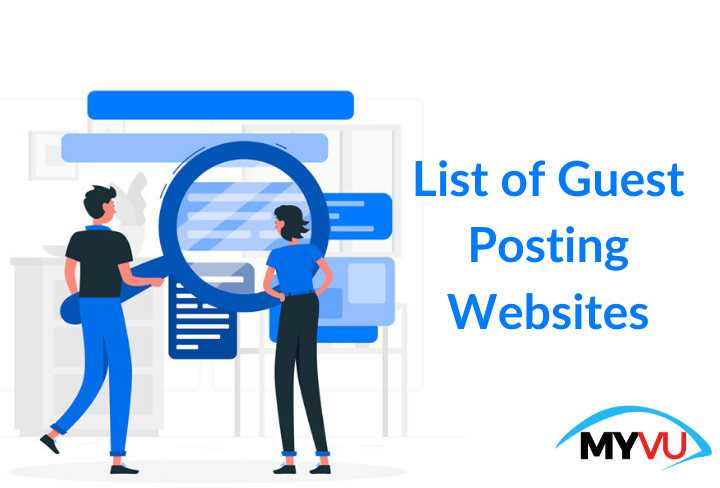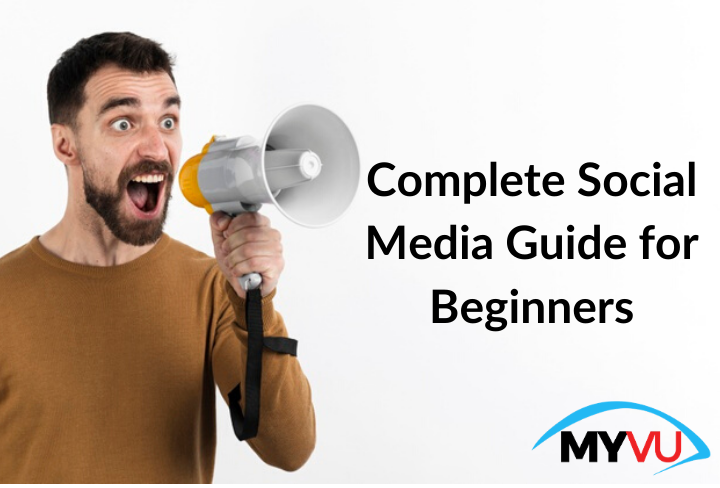How to Write SEO Friendly Content for your website
- What is SEO content?
- 9 tips for writing the best SEO content to boost traffic
- Find your audience
- Do keyword research
- Quality matters the most
- Take a look at your page loading speed
- Provide meaningful and extraordinary content
- Include visuals
- Internal linking
- Include stats & facts
- Target to rank in featured snippets
- Bottom Line
If you want to drive traffic to your site from search engines, then you need to impress search engines with the best content along with plenty of other SEO factors, there’s no other way. In fact, content is what matters most to search engines because they answer users’ queries. But what is the content that search engines love? Simple, the content that web users love. Confusing? Well, let’s make it clear. Writing SEO friendly content can boost your SERP rankings as well as traffic more efficiently. So, to drive more traffic and run your business you need to have SEO content on your site. Clear?
Now, let’s see what is SEO friendly content and how does that help your website.
What is SEO content?
SEO content is the content that is designed to rank top on search engine result pages for target keywords. SEO content not only helps in improving your ranks on search engines such as Google but also gets you returning visitors to your site, which is a very cool thing.
So, how do you write such SEO driven content and benefit your website? Here are 9 tips to write SEO friendly content for your website.
9 tips for writing the best SEO content to boost traffic
To bring more audience, all you need to more content. Content that is meaningful, original, unique, impressive, informative and readable. While any content needs to meet all these factors, how does SEO content differs from these? Well, read on till the end to find that and also take away some tips from us.
Read: How to do effective Copywriting Guide
Find your audience
After all, you write content for your audience. Though it is important to impress search engine crawlers with your content strategy, ultimately you write everything on your website to serve the audience. And search engines like Google loves websites that serve users with useful content.
But the question here is how to write content for your audience. Well, in order to write for them, you need to know who they are first. Don’t you agree? So, to plan your content strategies and write SEO friendly content you need to start first with research.
- Research about your audience
- And research about their strategy
So, how do you that? Invest your time and efforts on analytics tools to identify your audience, their demographics, tastes, and preferences. Therefore, next time you can curate the content especially for them.
The next step is to analyze and make notes of their search strategy. This includes the keywords they use to find you or likely websites like you. Basically users don’t use specific strategies for searching yet what and how they are searching are deep insights for you. Finally, those are your profitable keywords.
Do keyword research
So, now you know who are your audiences and what are their preferences, the next big task for you is research keywords that drive users to your site or blog. There are numerous sources where you can find profitable keywords for your niche. You can find out from Google autosuggest, People Also Ask, searches related to … etc. These are powerhouses for rich keywords yet seek help from SEO tools such as SEMrush, AnswerThePublic, Ahrefs, Ubersuggest, etc.
Read: How to do Keyword Research for SEO – Ultimate Profitable Guide
Quality matters the most
Quality is the secret sauce for successful content. As said, it is people who need your content, search engines are just mediums to deliver your content to them. Getting noticed by search engines is not that easy though. Still, when your content is worthy to read and useful, search engines will retrieve your web page for users to help them solve their queries. If you fail to answer those user queries, then are at a loss as you are going to experience a higher bounce rate due to negative user experience. So, you can’t just write for the sake of publishing 2 or 3 blog posts a week, your content should be really useful for users. How you achieve high-quality content. Well, below is a checklist.
- Original content
- Understandable content in simple language
- Highly informative with more than expected data
- Deeply researched with source links
- Organized content that keeps the user within the site, you can do this by internal linking.
Key Takeaway: High-quality content with all the above boxes ticked increasing your site dwell time, meaning the amount of time a user spends on your site. Improved dwell time is a positive Google ranking factor.
Wanted to learn a complete 50 point SEO checklist to improve your website rank? Read our SEO Checklist article
Take a look at your page loading speed
Though you have great content on your site if your site loads slower precisely more than 2 seconds, then at least 47% of people bounce back and visit your competitor site. So, page loading speed plays a key role in SEO. Moreover, the higher the bounce rate, the higher your chances to lose your position on SERP. So, Myvu recommends you test your page loading speed with tools such as Pingdom, PageSpeedInsights, etc.
Key Takeaway: Images are one of the main reasons why your page loads slower. Read our Image SEO to boost your page speed as well as traffic.
Provide meaningful and extraordinary content
Having said that, quality content matters the most but in order to drive traffic that goes to your competitors, you need to have content that is actually better than theirs. Hence, there is no way out but to give 100%. Include long-form articles, guides, check out trending topics that readers want to learn, use skyscraper techniques, and stand out among the rest. The richer content you write, the richer you get. It’s that simple. [Richer here means, high-quality, informative, well-researched, readable and engaging]
Include visuals
To improve the user experience you need to make your content visually appealing. Use bolds, italics, and quotes. Also, include beautiful, relevant, and meaningful images, gifs, videos to your content to hold your readers some more time. Create infographics that tell most of the story to make it easier for users to understand the subject.
Read: Image SEO – How to Get More Traffic with Google Image Search
Internal linking
As mentioned above when talking about Quality, you have seen the importance of internal linking. Yes, internal links are needs in your blog posts or web pages to make user’s journey on your site smoother at the same time increasing dwell time. So, provide up to 8 relevant internal links on your web page to help users gain more knowledge about what they are reading.
Include stats & facts
Recent studies show that blogs that provide accurate information in the form of statistics and facts are gaining higher ranks. So, try to include stats and facts wherever possible, at least wherever necessary to stand chances to hop to the next position on SERP. Also, provide credits to the source links, that show the evidence that you have truly researched. This, in turn, gains user’s trust as you have gathered accurate information for them putting efforts into researching.
Target to rank in featured snippets
Ranking in featured snippets is an additional advantage to gain additional crowd to your site. But occupying the zeroth position is not that simple. You need to research and analyze more about how to rank for a featured snippet for particular keywords. Else, you can try ranking for already existing keyword phrases by doing analysis. Using bullets, numbered list, short and clear answers, and stats have high chances to appear in snippets. So, find out keywords and start writing answers for them.
Bottom Line
Follow all the above tips to write SEO friendly content that attracts both users and search engines. While you need copywriting skills to attract and inspire users to take action, you don’t necessarily need an expert SEO copywriter to write for your blog or site. You can manage impressing crawlers and readers by simply following the above tips. Over time you get used to it and derive your own strategies to write SEO friendly content.
Read: On-Page SEO Complete Guide






